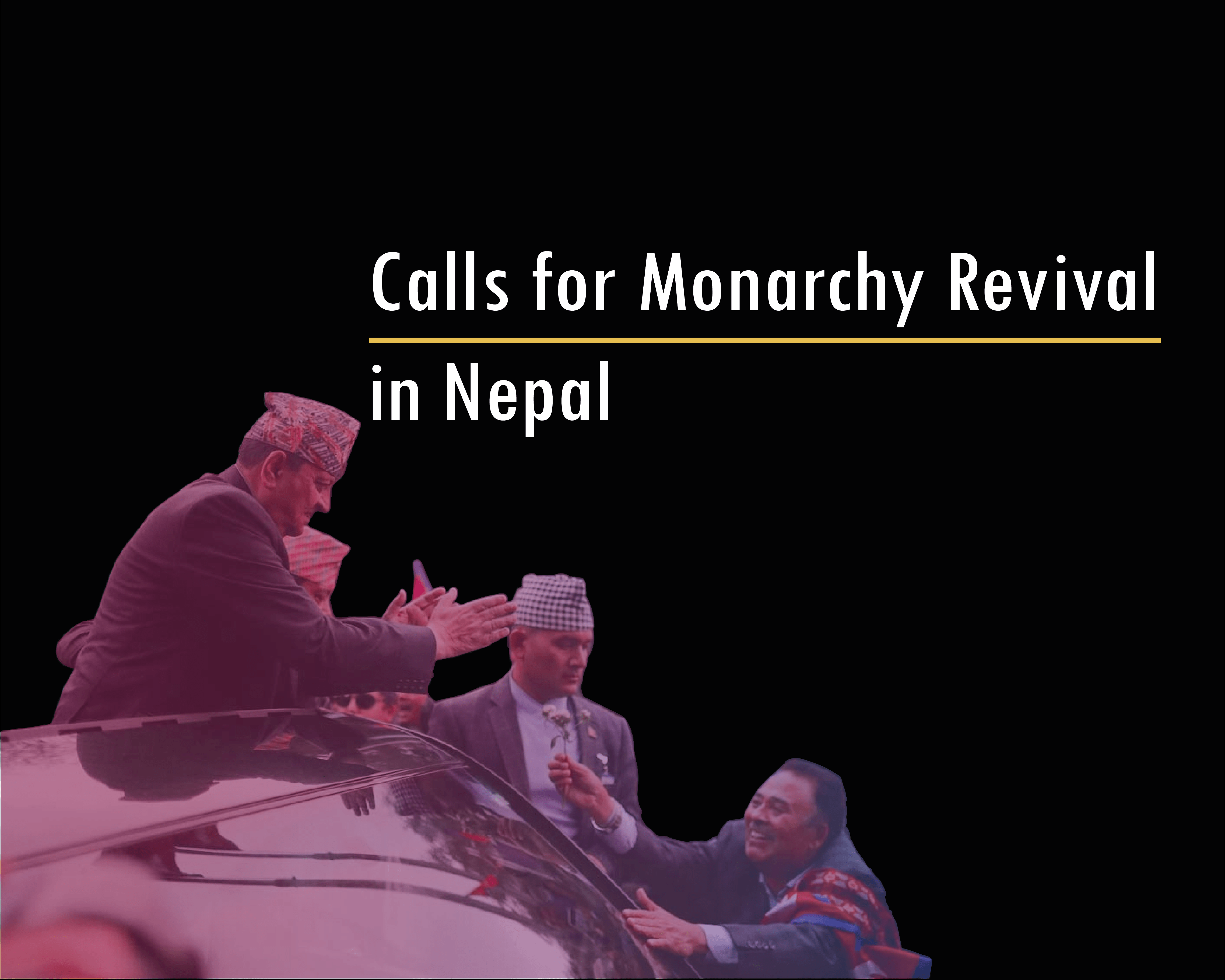Nepal’s former king, Gyanendra Shah, was welcomed by thousands of pro-monarchy supporters as he returned to Kathmandu on Sunday following a visit to western Nepal.
Gyanendra’s Return to Kathmandu
Approximately 10,000 demonstrators gathered near the main entrance of Tribhuvan International Airport. The demonstration temporarily disrupted access to the airport, forcing passengers to walk to and from the terminal. Riot police were deployed to prevent the protesters from entering airport premises. The protest remained peaceful, and no violence was reported.
Reportedly, participants in the rally voiced demands for the reinstatement of the monarchy and the re-establishment of Hinduism as Nepal’s state religion. Supporters chanted slogans such as “Vacate the royal palace for the king,” “Come back king, save the country,” and “Long live our beloved king.”
The History and Abolition of Nepal’s Monarchy
Nepal’s monarchy dates back over 240 years, with kings serving as both political and spiritual leaders. The institution was abolished in 2008 following a parliamentary vote, hence transforming Nepal into a secular republic.
The abdication notably followed a decade-long civil war (1996–2006) waged by Maoist rebels seeking to abolish the monarchy and establish a republic, a conflict that killed over 17,000 people. The monarchy’s failure to address the crisis led King Gyanendra to assume direct rule over Nepal and implement anti-democratic measures.
Mass demonstrations erupted against King Gyanendra’s decision. The widespread protests demanded a return to democratic governance and ultimately led to the monarchy’s abolition in 2008.
Since then, the country has experienced frequent changes in government, with 13 different administrations in power over the last 17 years. Many citizens have voiced frustration over the republic’s inability to maintain political stability and address economic challenges. Widespread corruption and ineffective governance are frequently cited as concerns.
Gyanendra’s Rise and Rule
In 2005, Gyanendra Shah dismissed the government, dissolved parliament, imposed censorship, jailed political leaders, and ruled by decree under a state of emergency.
Gyanendra Shah, now 77, became king in 2001 after a palace massacre carried out by Crown Prince Dipendra. Dipendra killed King Birendra, Gyanendra’s brother, and much of the royal family, leaving Gyanendra the sole heir to the throne.
Gyanendra initially ruled as a constitutional monarch without executive powers. However, as mentioned above, he assumed absolute power in 2005, dissolving parliament, jailing politicians and journalists, cutting off communications, and ruling by decree under a state of emergency. His direct rule, enforced with military support, lasted until 2006, when large-scale protests forced him to hand power over to a multi-party government.
Prospects for Nepal’s Political Future
Despite growing public displays of support from certain groups, Gyanendra has not made any public statements regarding calls for the restoration of the monarchy.
However, Gyanendra’s prospects for regaining power remain limited. While the demonstrations underscore discontent with Nepal’s current system of governance and perceptions of incompetence among the political elite, a formal return to monarchy remains improbable within the existing constitutional and political framework, which would require a complete overhaul to make such a restoration possible.

